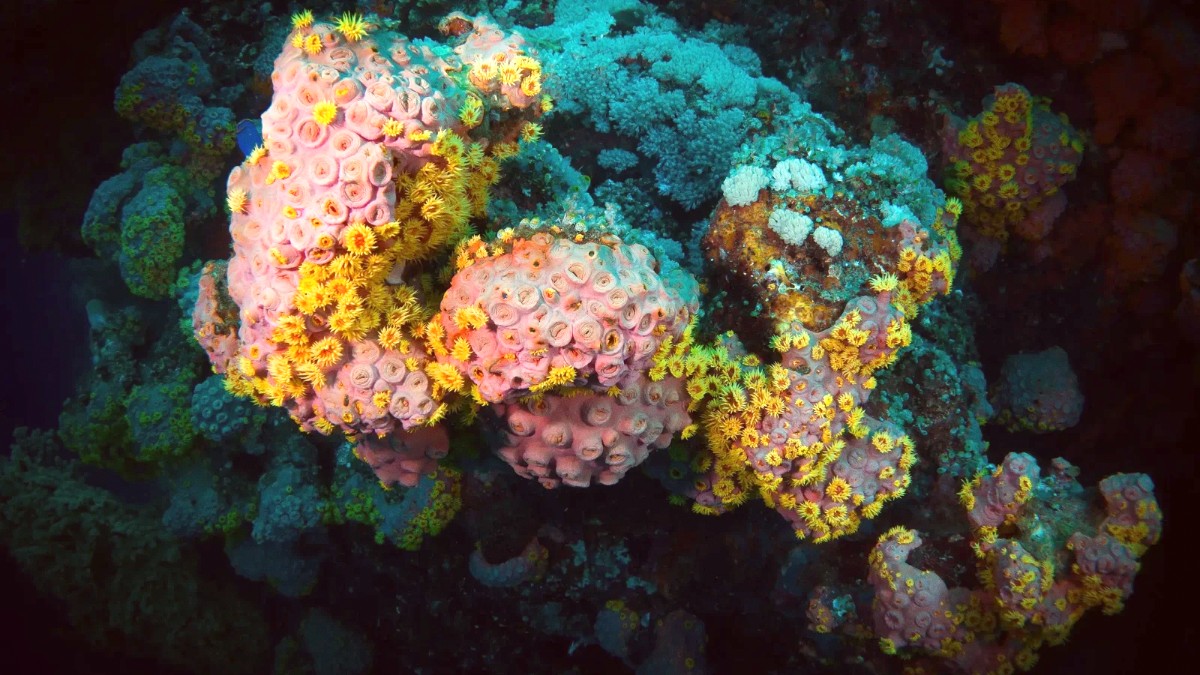
This guide clarifies the United States Minor Outlying Islands' purpose, showing their status as protected natural environments or strategic military outposts. It outlines their inaccessibility for tourism and what an authorized "visit" truly entails. Grasp the unique challenges and the profound privilege for those few individuals who step foot on these isolated landmasses. This guide details the intricate balance of preservation and regulated access defining these distant U.S. Territory corners.
The United States Minor Outlying Islands (USMOI), identified by the ISO 3166-1 alpha-2 code UM, encompass nine unorganized, unincorporated territories of the United States.
These islands disperse widely across immense ocean stretches, with eight located in the Pacific and one in the Caribbean Sea.
Baker Island, Howland Island, and Jarvis Island are small, uninhabited atolls near the equator. Their flat, sandy terrain supports little vegetation but forms nesting grounds for seabirds. Johnston Atoll, a 130-hectare atoll in the North Pacific, underwent human alteration from past military use. It now functions as a wildlife refuge. Kingman Reef, a mostly submerged triangular reef, presents a navigation hazard.
Midway Atoll, comprising three islands in the North Pacific, spans 6.2 square kilometers. It possesses World War II historical weight, now a National Wildlife Refuge. Palmyra Atoll, north of the equator, consists of approximately 50 small islets and a complex reef system, jointly managed for its exceptional biodiversity. Wake Island, a 6.5 square kilometer atoll, maintains strategic military importance as an U.S. Air Force administered post.
A small, uninhabited atoll north of the equator, for seabirds.
Uninhabited atoll, Amelia Earhart's planned stop.
Arid coral island, critical seabird nesting site.
North Pacific atoll, past military use, now wildlife refuge.
Mostly submerged reef in North Pacific, a navigation hazard.
In the Caribbean Sea, Navassa Island is a rugged island south of Cuba, a National Wildlife Refuge protecting unique flora and fauna. Bajo Nuevo Bank and Serranilla Bank are sometimes included in listings, but their status with several nations remains contested.
Midway Atoll, with its three islands, holds World War II historical weight. It operates as a National Wildlife Refuge, home to millions of albatrosses.
Palmyra Atoll, with its 50 small islets and complex reef system, is jointly managed for its exceptional biodiversity and pristine condition.
These geographical descriptions underline the remote, isolated nature of these territories, emphasizing the absence of tourist infrastructure.
The United States Minor Outlying Islands carry a history richer than their uninhabited status suggests. Strategic locations and natural resources propelled them onto the global stage, especially during the 19th and 20th centuries. This historical context shapes their present-day roles.
A snapshot clarifies their unique character and purpose.
Mid-19th century U.S. Law allowing citizens to claim uninhabited islands with valuable guano deposits.
Howland Island became distinguished as Amelia Earhart's planned 1937 refueling stop, demonstrating long-distance flight challenges.
Wake Island and Midway Atoll transformed into pivotal strategic outposts in the Pacific Theater, sites of intense conflict.
The Cold War brought shifts, notably for Johnston Atoll and Wake Island. Johnston Atoll served as a military base for chemical weapons storage. Wake Island remains an active U.S. Air Force facility. The focus has profoundly shifted to environmental conservation.